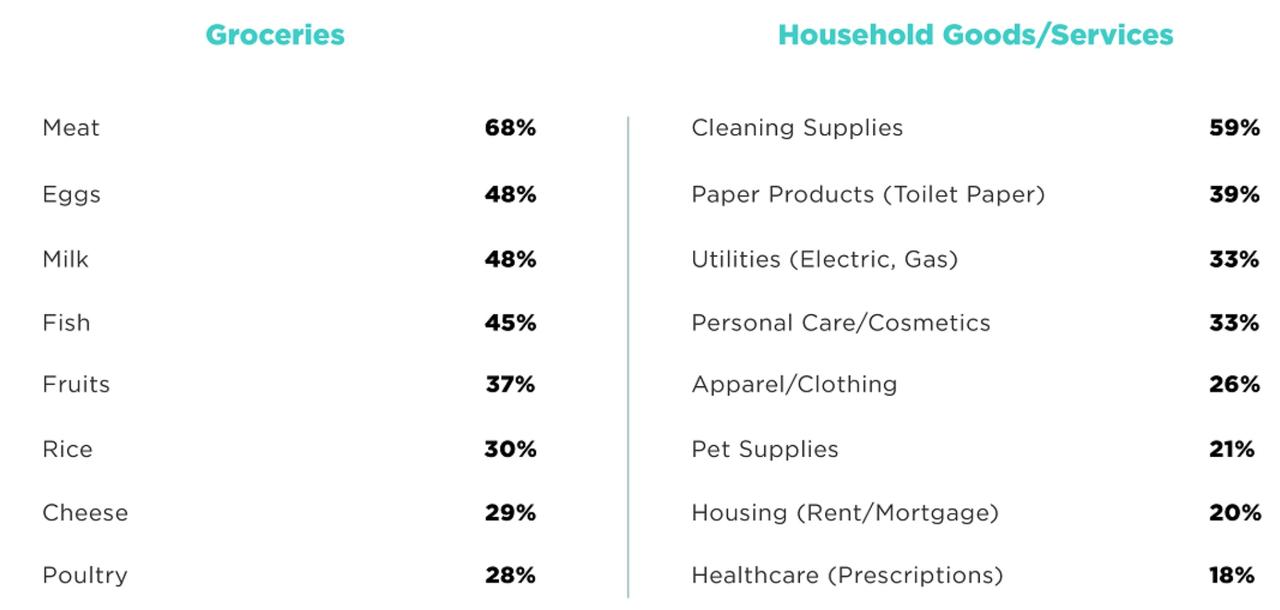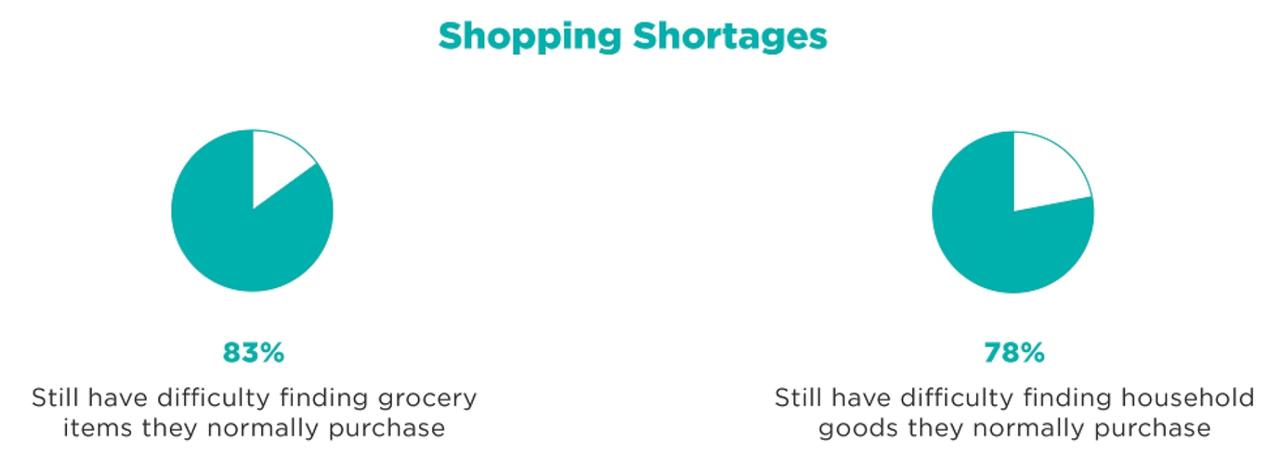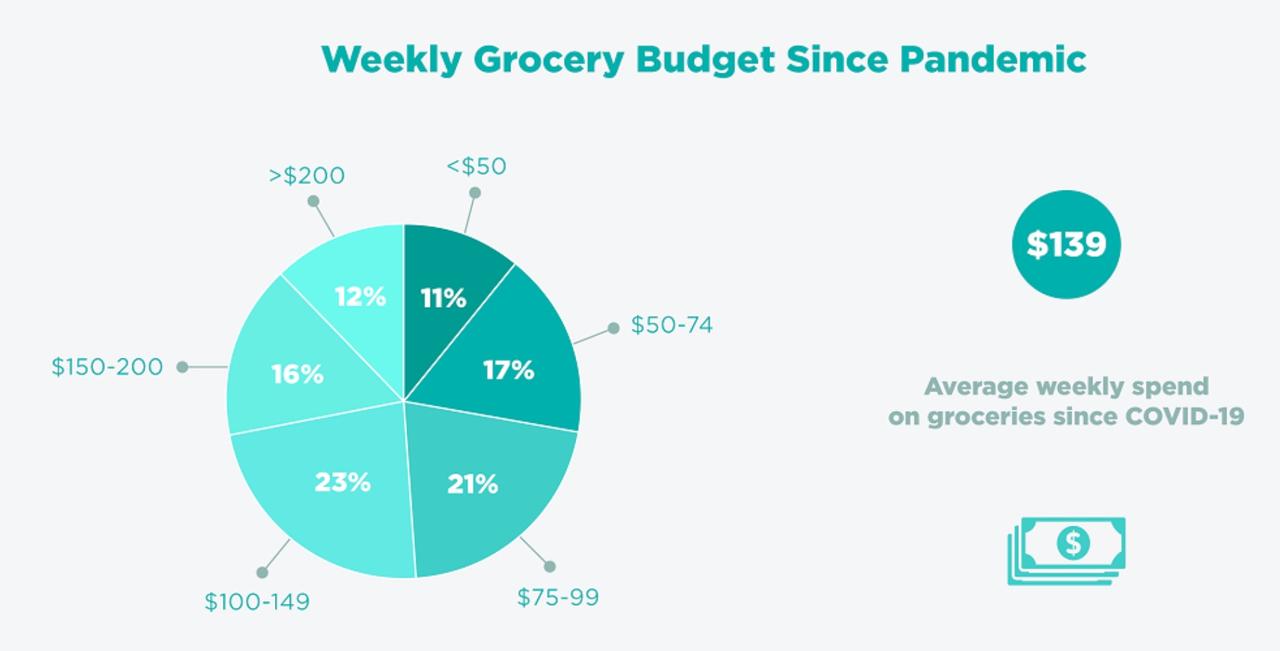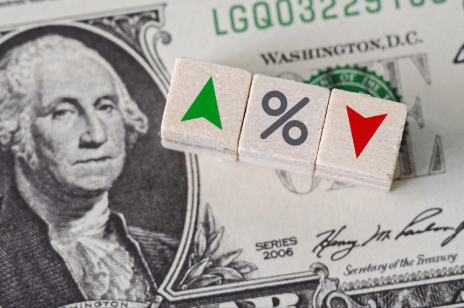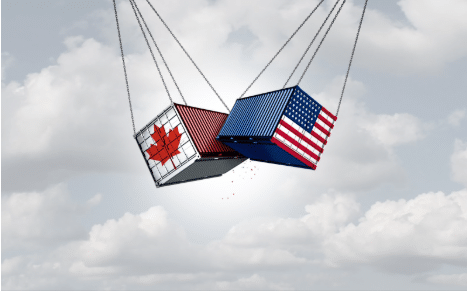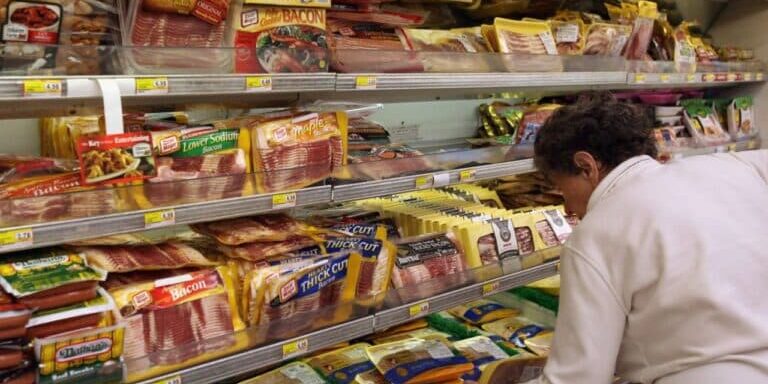
Recent Food Inflation Is Impacting 80% Of American Budgets
EDITOR NOTE: As you know, the Federal Reserve aims to raise inflation to an average of 2%. This means that they can exceed this number until the target figure averages out. The problem here is that the Fed is not counting the cost of food and other “essentials,” let alone its impact on American households. Hence, the saying that they’re “out of touch.” As the article below shows, 80% of American households are feeling the pinch, as food, medical bills, and other essential costs are becoming unaffordable. And as the Fed continues to look past households, focusing instead on businesses and the numbers they produce, the situation is about to get worse. Do we live to support business, or do we do business to support the quality of our lifestyle?
With its Beige Book, the Federal Reserve and its regional banks frequently gauge business owners' subjective impressions of the overall economy. Recently, these reports have shown signs of permanent economic scarring, though the September report emphasized a different angle: That the economic revival - while not a straightforward "V" - was unfolding more rapidly than they had anticipated.
Unfortunately, the central bank doesn't focus on surveying consumers with as much diligence. This could be one reason why some economists have slammed the central bank for being "out of touch". Not only does the central bank welcome inflation (just not too much of it), it relies on gauges of the phenomenon that have - falsely - suggested that consumer prices aren't rising. The Fed's preferred inflation gauge, the PCE numbers, exclude medical bills and other costs.
However, after years of "low" inflation, the virus has pushed prices of food and consumer goods higher. That's why Powell tweaked the central bank's inflation target to create more room for inflation to overheat - since that's what it seems to be doing.
While central bankers walk around with their heads in the clouds, a team at C+R Research has surveyed more than 2,000 American consumers to find out how they have "adjusted" to these higher prices, which have come amid a surge in unemployment. Their findings aren't all that surprising: 85% of consumers said that their budgets had been impacted by having to pay more for groceries. Milk, eggs and meat are the top staples that Americans are paying more for.
But food isn't the only source of rising prices: household goods like toilet paper and cleaning products have seen prices soar with the surge in demand. 75% of respondents said that these increases had impacted them.
What might be surprising for some is that more than 75% of Americans are still having trouble finding cleaning products and certain food products that were readily available before the pandemic.
Finally, with millions of professionals (at least, those who still have jobs) still working from home, more than 2/3rds of respondents said they have been buying fewer hair-care products since the start of the pandemic, while 61% of people say they've been spending less on deodorant.
With nearly 90% of respondents saying they're worried that prices for groceries will continue to climb, here's what weekly grocery budgets are looking like since the pandemic.
As shoppers try to navigate life during hard economic times, more than half say they're spending less on food, or have changed their diet, while more than 70% of respondents say they have been "stress eating" more often.
Somebody should probably tell them to relax; don't they know interest rates will be anchored to the zero-bound until 2023?
Originally posted on ZeroHedge
The financial market is crumbling and EVERYONE will be affected. Only those who know what's going on and PREPARE will survive... dare we say thrive. Our 7 Simple Action Items to Protect Your Bank Account will give you the tools you need to make informed decisions to protect yourself and the ones you love.



